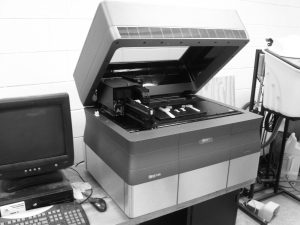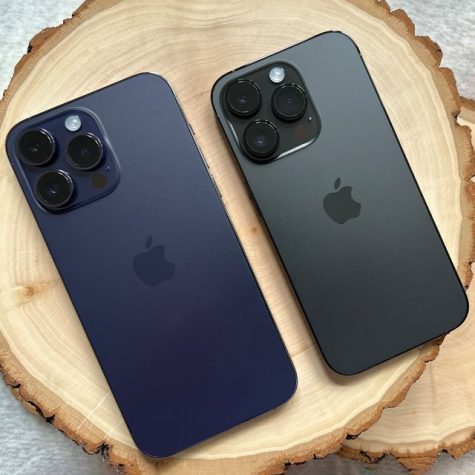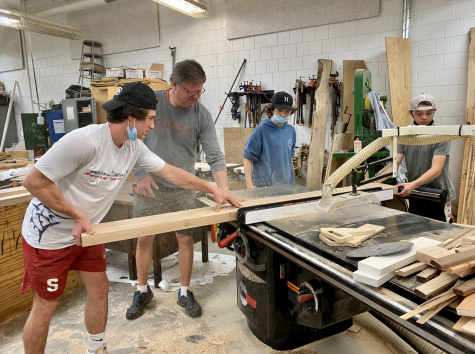Printing a new heart… now loading
January 10, 2014
Long waiting lists for human organs are the last thing a suffering patient wants to see. With new technology, these lists will soon be a thing of the past, as patients will be able to receive 3D printed organs, created from their own cells.
So far human tissue has been produced, as it’s among the easiest structures to create. The next step is tubular structures such as blood cells, and within a decade, doctors hope to be able to 3D print functional human hearts.

Stillwater has its very own 3D printer, which can be used for small scale projects. The types of printers that are used for printing organs are much larger and more complex, however.
Right now bioengineers are just looking towards repairs of organs rather than full transplants. Stuart Williams, executive and scientific director of the Cardiovascular Innovation Institute at the University of Louisville, told Wired magazine,
“Being able to create human organs has provided more benefits than just transplants and repairs. It can also help with the research of hard-to-cure diseases, including cancer. Organovo, a startup company in San Diego that is working with Williams, is looking to create cancerous versions of living tissue for testing cancer drugs. He and his team have already bioengineered a coronary artery and printed the smallest blood vessels in the heart used in microcirculation.”
Keith Murphy, chairman and CEO of Organovo said the bioprinting revolution could eventually begin to deliver “tissue on demand” within the next 10 or 15 years.
But 3D printing only completes half of the organ creation process. They can print cells, but functional organs have a tendency to self-organize their cells. “We will be printing things on the order of hundreds of microns, and then cells will undergo their biological developmental response in order to self-organize correctly,” Williams said. “Printing is only going to take us partway.”
The cell organization process is vital to the creation of organs. Two years ago professor Anthony Atala had created 3D printed kidneys, but the tissue they were created with was not living. Without the ability to create living organs, 3D printed transplants would remain impossible. That is why this new breakthrough is so crucial.
The recent creation of living 3D printed human organs has proven to be a huge step in the world of bioengineering. However, the process is not perfect, and changes still have to be made before organs will be fit to be put in people’s bodies. Currently the small organs produced only have a lifespan of four months. That is not exactly a stable solution for kidney failure. But with time and more insight on 3D printing, full functional organs could be closer than we think.









Jessica Thomas • Feb 18, 2014 at 10:34 pm
This is SUCH a cool topic! I have not heard of this and it was really interesting. The way you wrote it made me clearly understand the topic that could have been otherwise hard to grasp. The language you used was easy to understand and very thorough. Outstanding job!